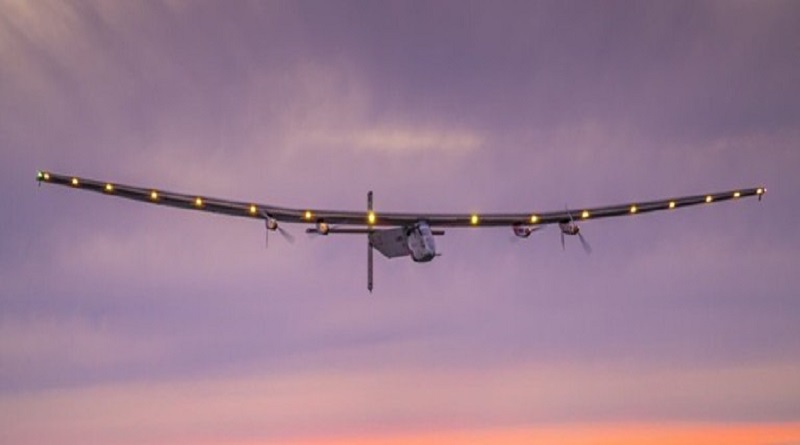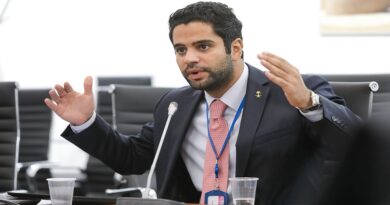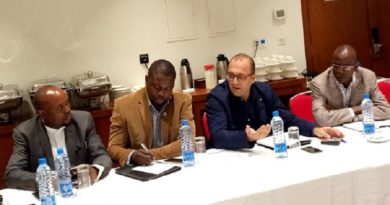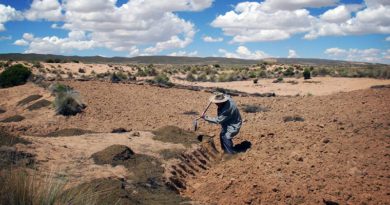Solar Impulse shows implementation of Paris possible, to land in Abu Dhabi
After about six months voyage that commenced last December, Solar Impulse, a zero-fuel aircraft powered entirely by the sun, is on the last stint of a 40,000 kilometer trip around the world, and is set to land in Abu Dhabi after taking off from Cairo last Saturday.
The flight is designed to demonstrate the potential of solar energy to drastically reduce global greenhouse gas emissions. The aircraft took off for the first leg of its current voyage last year, in December, just one day before the signing of the historic Paris Climate Change Agreement, to lend support to global efforts to combat climate change.
Speaking from the UNFCCC secretariat offices in Bonn to Bertrand Piccard, the Swiss pilot at the controls of the plane, UNFCCC Executive Secretary Patricia Espinosa said: “It is very inspiring what you are undertaking, showing the world that implementing the decisions taken under the Paris Agreement is possible. You are demonstrating that having passion and dedication in this area is the right thing to do and that it pays off and can be translated into very meaningful results. We sometimes forget how innovations took place in the past and how the world has changed. We take for granted many of the technologies and the possibilities that we have today. But you are exactly doing that, you are breaking new ground and showing that it’s possible to do things in a different way. And you are showing what solar energy can do to get rid of the use of fossil fuels that are causing so much damage to our environment.”
Responding to Patricia Espinosa, explorer Betrand Piccard said:”My personal impression is that most of the industry leaders are ready for the change because they understand that it’s a question of investment, a question of development, and profits. They’re thinking about that for new products. But the governments, on a national level, they’re so afraid of changing. And I think, for me it’s powerful to try to show them that it is in their advantage—for their GDP, for job creation, for the development of their economy.”
Solar Impulse gets its energy from 17,000 photovoltaic cells that cover the top surfaces of the craft. These cells power propellers during the day, but also charge batteries that the vehicle’s motors can then use during the night.
The plane which has the wing span of a Boeing 747 but only weighs as much as a passenger car, is alternatively piloted by Swiss adventurers and entrepreneurs Bertrand Piccard and André Borschberg.




